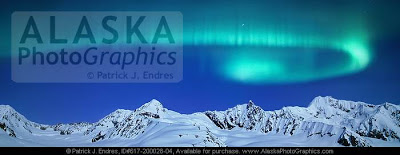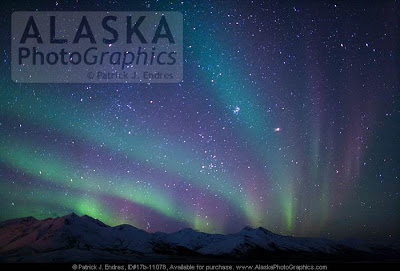
Patrick is currently in the far north chasing the Aurora Borealis, or northern lights. He has with him an arsenal of equipment, not so much because such a variety is needed, but because there is no perfect aurora lens. The search for such a lens continues, and perhaps Canon’s new version of their 24mm F/1.4 L lens is one step closer.

Canon’s updated 24mm F/1.4 II lens promises to be sharper, less flare prone, and more expensive.
There are several important qualities to look for in a lens for photographing the aurora:
- Speed. Light gathering ability is important. A traditionally “fast” lens with an aperture of f/2.8 still requires shutter speeds in the 30 second range. F/1.4, however is four times faster and reduces this to around 8 seconds. A faster lens also tends to reveal more stars, and the faster shutter freezes the stars that would leave trails on long exposures.
- Wide angle. The aurora often spans a broad section, if not the entire area, of the night sky. Aurora photos are often taken in the 16-24mm range.
- Sharpness. This is a desirable trait for any lens, but even more important with aurora or astronomy photography. Many lenses are sharp stopped down, but an aurora lens must be sharp wide open. Also important is corner-to-corner sharpness and flat-field focusing. Some lenses, when focussed at one point in the center, will be focussed at a different point at the corners. This could go completely unnoticed indoors, where only one subject is intended to be in focus. However, the sky is all essentially an infinite distance away, so a lens must be able to focus equally at all areas of the frame.

Taken on the original 24 F/1.4, this photo is striking because of the large number of stars. Unfortunately, it is not as razer sharp as we would like.






